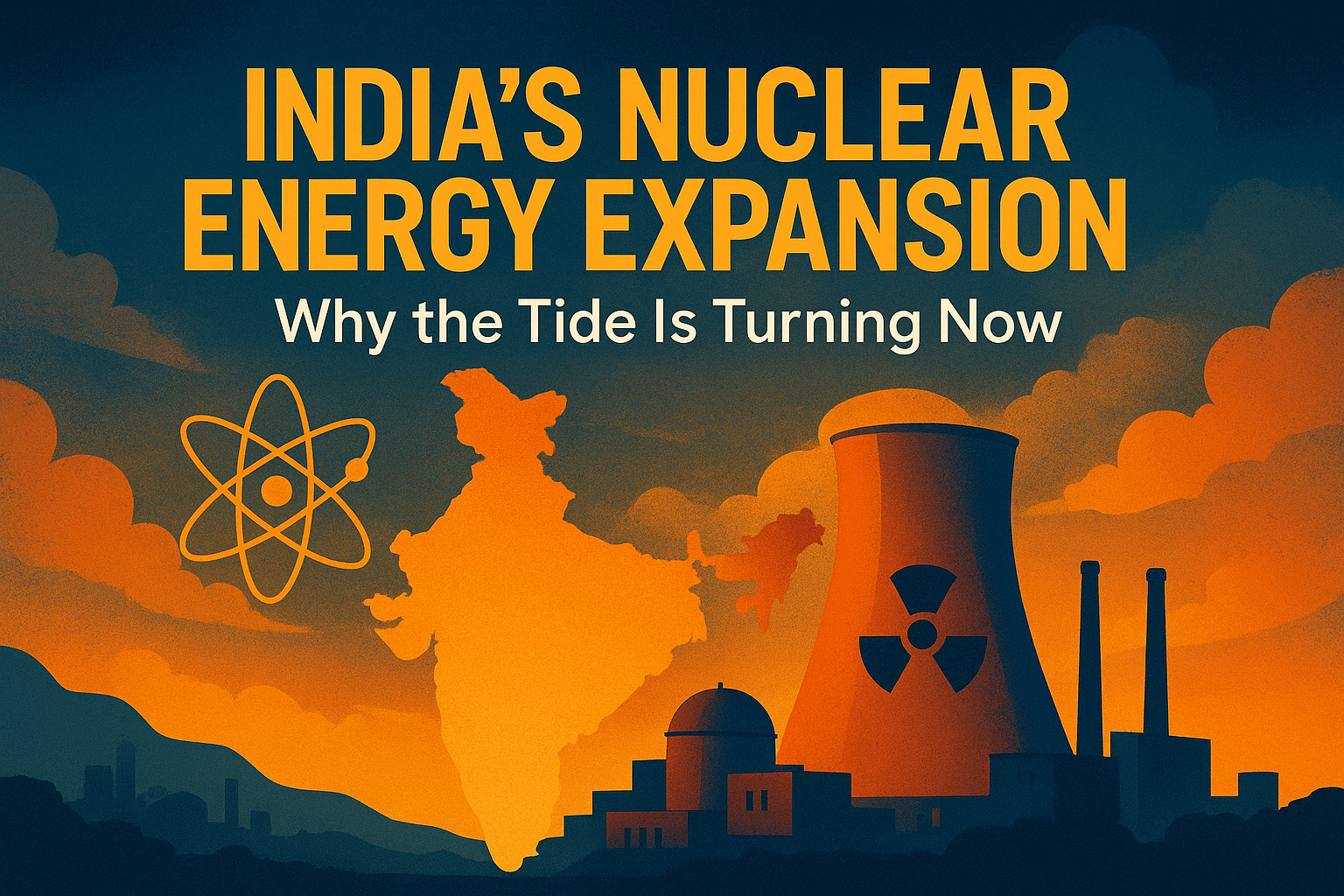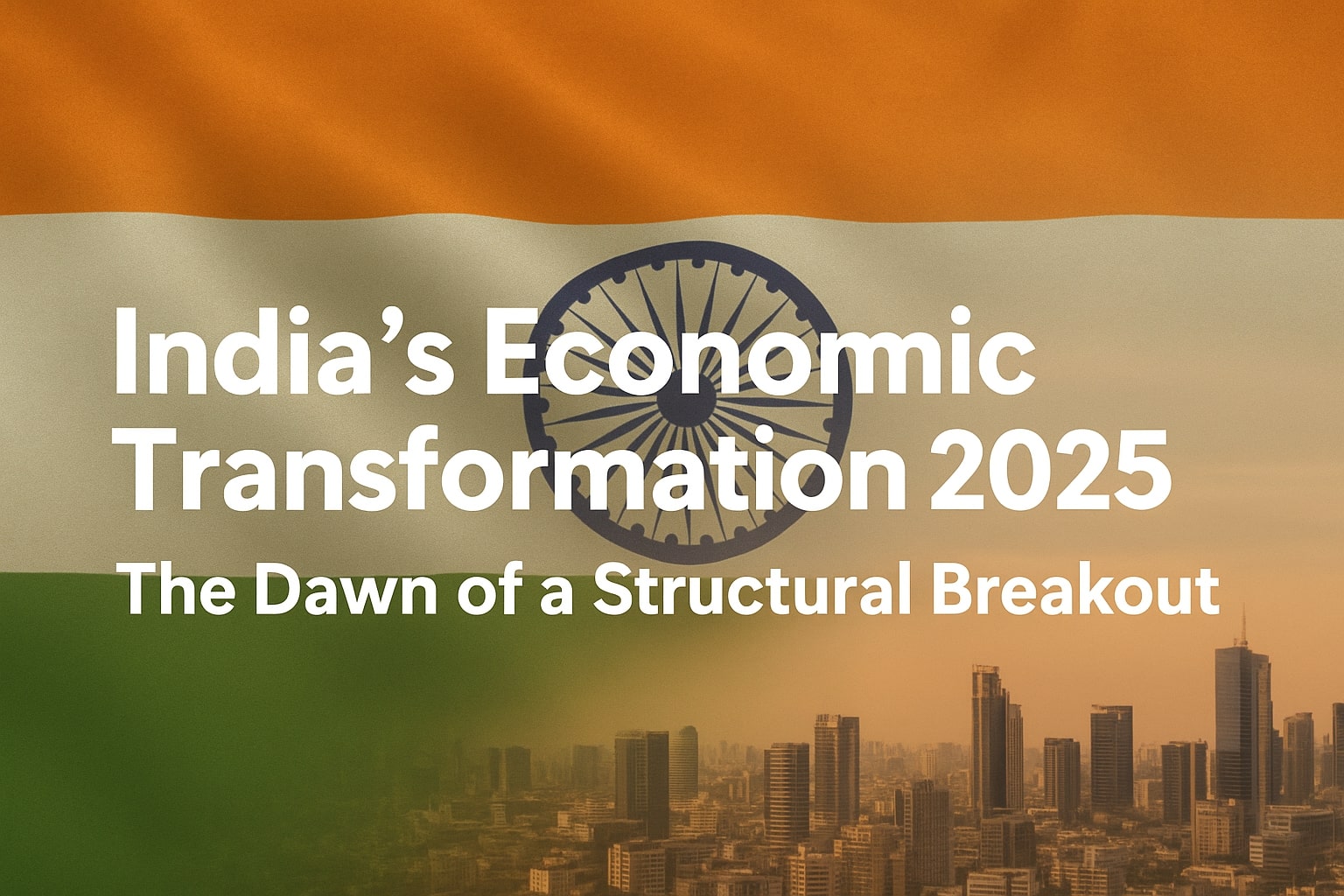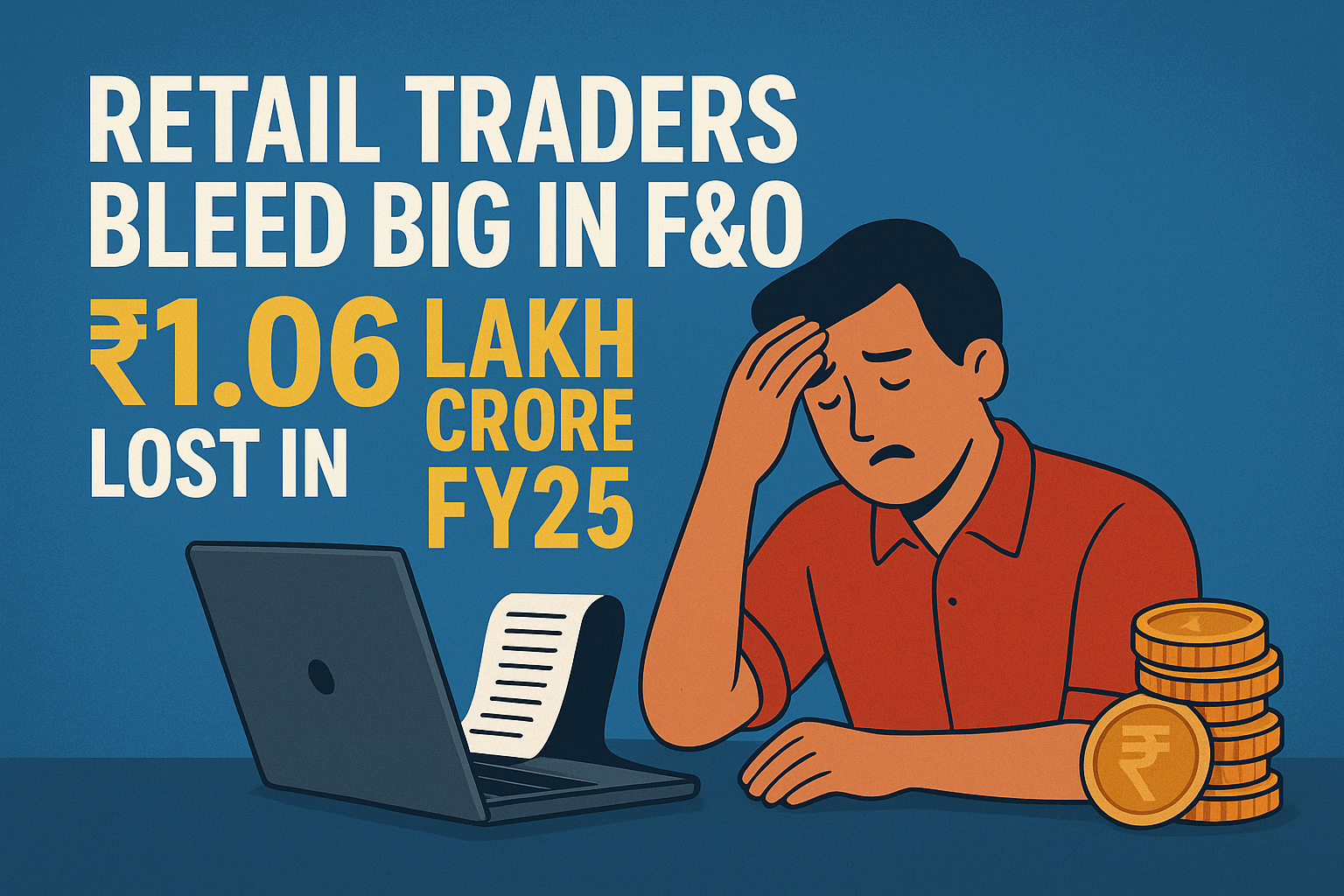
You know how sometimes you feel a shift in the air things subtly changing, and you don’t want to miss the wave? That’s exactly what’s happening with India’s nuclear energy expansion, and trust me it’s going to be a big deal
1. Private Sector Steps In: Breaking the Monopoly
For decades, India’s uranium mining, import, and processing have been strictly handled by the government. That’s about to change. The government is now opening these critical parts of the nuclear supply chain to private firms a bold policy shift aimed at supporting its ambition to scale nuclear capacity 12-fold by 2047. If successful, nuclear could then contribute around 5% of India’s total power needs.
What makes this shift game-changing? First, private firms are already gearing up. For example, Hindustan Zinc has publicly stated it would be the first to bid for new uranium blocks if the policy allows. This kind of interest from major industry players could bring billions in investment and faster implementation.
2. Building Power: Scaling Up Capacity
Let’s do the math: India now has just over 8 GW of nuclear capacity—roughly 3% of its power mix. Ambitious, right? The target is to hit 100 GW by 2047.
That’s not pie in the sky. Companies like Rosatom and EDF are already pitching large reactors, with EDF proposing six 1,650 MW units at Jaitapur in Maharashtra. Plus, India is working on 10 new nuclear reactors across the country right now.
3. Fuel Crunch? Pre-empted.
You might be wondering where’s all that uranium going to come from? India’s domestic reserves (about 76,000 tonnes) only cover about 25% of what’s needed for its expansion plan.
Globally, demand is surging some estimates predict uranium demand could nearly double by 2040, while existing mining output is slicing in half due to depletion. That makes India’s move to invite private and foreign players into uranium mining and processing even more timely and strategic.
4. Legal/FID Pathways Clearer
This isn’t happening behind the scenes. The government is amending key laws like the Atomic Energy Act (1962) and the Civil Liability for Nuclear Damage Act (2010) to allow both private and foreign investment in nuclear plant building, fuel production, and more. These legal tweaks are being fast-tracked to the Parliament soon.
5. Diplomatic Depth: More Than Just Power
India is also making strategic moves internationally. At the recent 3rd India–Singapore Ministerial Roundtable (ISMR) in New Delhi, ministers from both countries met to deepen cooperation in areas like digitalisation, advanced manufacturing, healthcare, skills development, and sustainability.
This matters because energy independence and tech or trade ties go hand-in-hand. Aligning with trusted partners like Singapore bolsters India’s global footprint—and that rings loud in the corridors where investment decisions are made.
Why Should You Care?
If you’re into policy trends, economic shifts, or just the future of clean energy in India, this is your moment. Key reasons to watch:
- Private money unlocks speed: Previously, nuclear projects moved at a snail’s pace. Now, with private players and foreign tech ready to come in, India can scale faster—and smarter.
- Energy security: Nuclear energy gives us a reliable daytime and nighttime load, less weather dependence than solar/wind, and helps meet climate goals (net-zero by 2070).
- Strategic positioning: India becomes less reliant on others—think uranium supply routes, tech transfers, collaboration with France, Russia, U.S.—while building its own nuclear industrial base.
| Key Change | What It Means |
|---|---|
| Opening uranium mining/import/processing to private firms | Injects fresh capital, expertise, and speed into the nuclear fuel supply chain |
| Scaling capacity from ~8 GW to 100 GW by 2047 | Massive leap—potentially powers 5% of energy needs with clean, reliable nuclear |
| Legal reforms under way | Removing red tape for private and foreign investment in nuclear |
| Stronger diplomacy (e.g., ISMR, US upgrades to 123 agreement, EDF/Rosatom deals) | Energy + geopolitics—India building a stronger global energy identity |
What’s Next?
- Keep tabs on which private firms grab mining blocks Hindustan Zinc is one to watch.
- Follow legislation going through Parliament mid 2025 (monsoon session).
- Watch for reactor announcements EDF’s Jaitapur plan is a prime candidate, plus small modular reactor (SMR) progress.
- Track diplomatic energy: more pacts from the U.S., France, even partnerships for thorium-based reactors.
Final Thoughts
So what’s the takeaway? India’s nuclear expansion is actively reshaping energy strategy and global stature. It’s not tomorrow’s promise it’s being built today, with real reforms, real investment, and real outcomes.
If someone says, “Yeah, but nuclear energy is too slow or expensive,” we chat back that new reactors are coming faster, policies are more inviting, and yes, renewables are part of the story but nuclear secures the foundation.



